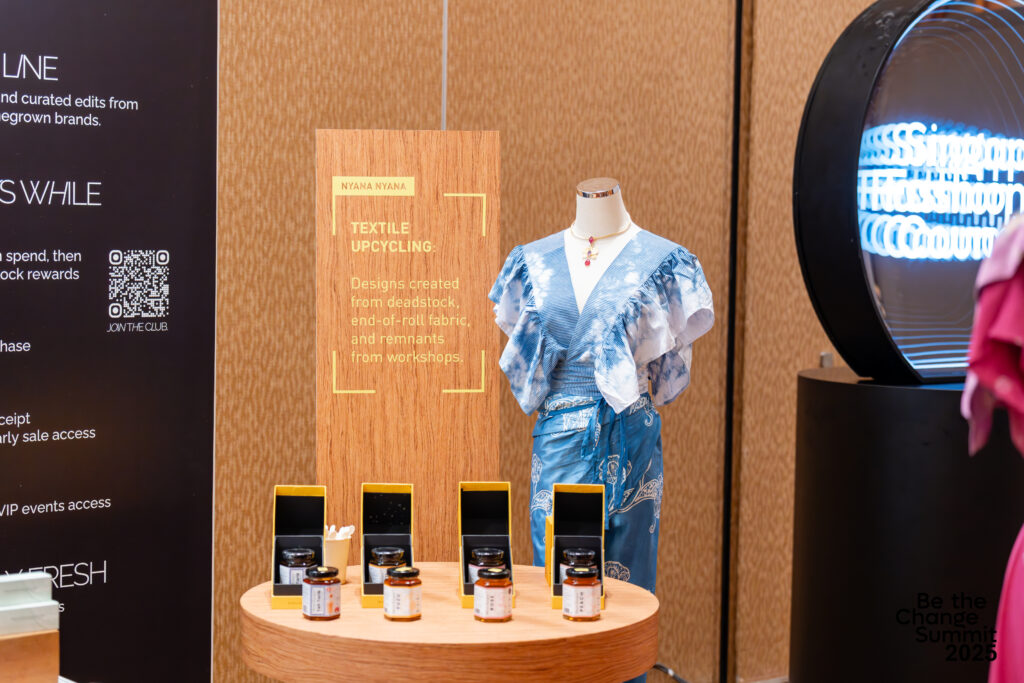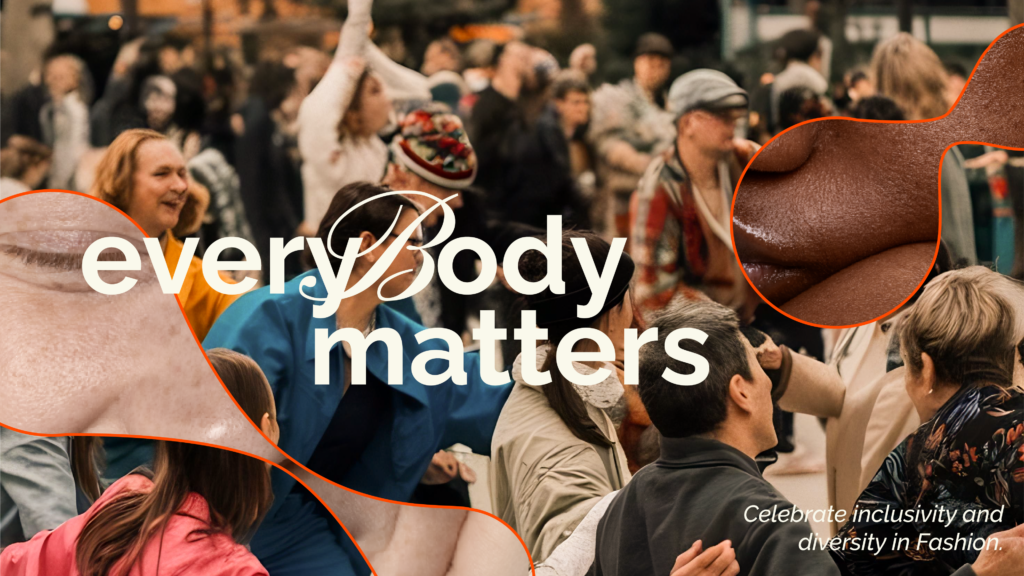Singapore Fashion Council Launches Asia’s First Fashion-Focused Ideathon: TBFI Launch Pad
- GRAZIA
- 27 Jul 2025

Singapore Fashion Council launches Asia’s first fashion ideathon
- Newsflash Asia
- 25 Jul 2025

Insight Circuit: Seminars 2025 | How Can IP Protect Your Fashion Brand? Understanding Copyright & Trademarks in the Fashion Industry
- July 2025

How secure is your fashion brand in today’s fast-paced market? With competition fierce and trends moving faster than ever, a strong grasp of Intellectual Property (IP) law is essential. Knowing when to register—and when to enforce—copyrights and trademarks can mean the difference between protecting your designs and losing them.
In this new edition of Insight Circuit, the Singapore Fashion Council welcomed Professor David Tan, Faculty of Law, NUS, who demystified the IP landscape, focusing on trademarks and copyright.
Spoiler: Not everything that appears morally wrong is illegal—but knowing your rights is half the battle won.
Key Takeaways:
- Copyright protects anything you write, draw or make; it focuses on physical craftmanship and begins the moment the pen hits the paper, as long as you document it, and it lasts forever. For example, the shape of a garment — that is not protected by copyright. In the words of Prof Tan, “Copyright protects the specific expression of your idea,” the way it manifests tangibly, “not the idea itself”. He calls this the idea-expression dichotomy, which makes copyright cases hard to win in court.
- He also explored the challenges of copyright, explaining that the threshold of originality is low to winning a copyright case. However, claiming a copyright on a ‘basic’ design does not achieve a strong range of infringement. Winning copyright cases are also geographically specific, as David explained that you are more likely to get approved in the US rather than Singapore because their laws contain less strict categories.
- On the other hand, trademarks matter more in fashion. They offer legal protection for your logos, brand name or even distinctive packaging, so long as it is registered. Trademarks serve not only to designate the origin of goods or services but also to embody the distinctive identity and character of a brand. Notable case studies discussed include Tiffany & Co.’s iconic blue packaging, the signature red soles of Christian Louboutin stilettos, and Bottega Veneta’s recognizable intrecciato criss-cross leather pattern. Each of these elements has been successfully registered as a trademark in several jurisdictions, underscoring their strong brand associations and legal distinctiveness.
- But it is important to know the difference between parody and trademark infringement. He referenced the case of “Chewy Vuitton”; dog toys manufactured by Haute Diggity Dog that parody Louis Vuitton. Surprisingly, Louis Vuitton lost the appeal as the court ruled there was no real risk of consumer confusion, as the product was clearly satirical.
- Understanding IP law doesn’t mean handing out legal cases at every opportunity but instead learning to pick your battles. Lawsuits can be prohibitively expensive and time-consuming. He stressed the importance of “doing your homework” and being smart about dispute; knowing if you will earn money or if your design was truly original. Just because something feels like it’s been “copied” does not mean that it is legally actionable. Moral wrongs aren’t always legal wrongs—and sometimes the best remedy is not the courtroom, but public exposure via social media or press.
In all, the best way to stay protected and navigate the legal grey areas are to understand what your legal rights are as a brand, be well versed in what can and cannot be protected and make smarter decisions about when and how to protect, defend or simply let it go.
Insight Circuit: Seminars 2025 | Start-up Financing for Fashion: Business Modelling, Development, & Funding
- June 2025

In a recent Insight Circuit 2025 session, the Singapore Fashion Council welcomed Michael Schindler—former Levi’s executive, investor, and advisor—to unpack the essential ingredients of early-stage growth for fashion startups. Drawing from decades of cross-market experience and an eye for what scales (and what does not), Schindler delivered a masterclass in translating great ideas into investable and enduring businesses.
From Big Ideas to Viable Businesses
Whether you are selling denim, shoes, or sustainable skincare, the question remains the same: why does your business exist? Schindler emphasized that a clear, well-defined value proposition is the bedrock of any viable brand.
Do not chase trends—solve problems.
Take Levi’s, for example. Their rise to iconic status began with a simple copper rivet addressing ripped pants during the U.S. Gold Rush—not fashion, but function. Great businesses do not begin by aiming to be cultural icons. They start by solving unmet needs.
What’s Your Secret Sauce?
A strong value proposition demands:
- A defined problem statement: What real-world friction are you removing?
- A deep understanding of your users.
- A defensible product advantage: Whether it is technical (e.g., a patented shoe insole) or experiential (e.g., unique service or design), your “secret sauce” must stand apart—and be hard to copy.
As Schindler put it, “If your idea can be replicated, speed becomes your advantage. If it is utterly unique, protect it.”
Business Development: Prioritise Relentlessly
Fashion startups face a paradox of choice. The sheer number of potential markets, channels, and strategies can be paralysing. Schindler urged founders to focus.
Case in Point: Charles & Keith
The homegrown label scaled not by rushing to the U.S. or Europe, but by taking an “Asia-out” approach—expanding deliberately through partnerships and local insight. Their hybrid model (owned stores where possible, partners where necessary) created a balanced, resilient footprint across Southeast Asia and the Middle East.
Pro tip: When choosing partners, prioritise shared values and retail real estate expertise—not just size. A giant distributor with 50 brands may give you shelf space, but not the mindshare you need to succeed.
Funding: Smart Capital, Not Just More Capital
Raising capital is not just about getting funded—it is about choosing the right fuel for your growth. From angel investors to private equity, Schindler broke down common funding types and their tradeoffs. In choosing your source of funding, you are not just choosing a check—you are choosing a board seat, a growth trajectory, and a level of control.
Everlane was held up as a best-in-class example. The San Francisco-based brand started with a single product (a $15 transparently made T-shirt), layered in angel funding, convertible notes, and eventually PE-backed growth. The lesson? Match your funding to your phase—and stay in control of your narrative.
Getting Started: Tactics for SMEs
For entrepreneurs in early stages, Schindler advised:
- Start narrow, go deep. Do not launch 10 SKUs. Launch 1 product that sells 1,000 units.
- Test markets with ecommerce. Use digital channels to prove demand before expanding into physical retail.
- Find the right 2–3 retailers per market. Focus on touchpoints that give you visibility and influence.
The Road Ahead
For those building the next generation of fashion brands, the path will not be easy—but it is clear:
- Clarify your value proposition before anything else.
- Build focused, insight-driven business models.
- Fund intentionally—choose capital that fits your stage and mission.
Insight Circuit: Seminars 2025 | Strategic Sourcing for Fashion Brands: Navigating Production Locations
- June 2025

In today’s dynamic and often unpredictable global market, fashion sourcing is no longer a simple cost exercise—it’s a strategic decision that shapes a brand’s growth, sustainability, and resilience.
In a recent webinar hosted by the Singapore Fashion Council, sourcing expert Jacqui Gray—with over 20 years’ experience leading production for brands like Tesco and Very—offered a roadmap for fashion brands looking to scale smartly across Asia.
Key Takeaways from the Singapore Fashion Council Webinar
As fashion brands grapple with increasing global volatility, sourcing has evolved far beyond simply finding the lowest-cost supplier. Today, successful sourcing strategies must align with a brand’s products, pricing architecture, values, and long-term supplier relationships. In this latest session of the Insight Circuit webinar series, Jacqui provided clear, practical guidance tailored especially to emerging and scaling fashion brands.
A central theme in Jacqui’s presentation was the importance of clarity at the outset. Brands must begin with a well-defined product vision: What are you making? Who is it for? At what price point? And what values—such as sustainability or craftsmanship—must it embody? According to Jacqui, the more precise the blueprint, the easier it becomes to identify and align with the right manufacturing partners.
She walked through the sourcing landscape across key Asian hubs. China remains a powerhouse, thanks to its efficiency, flexibility and access to raw materials. Bangladesh is the go-to for denim and volume orders, offering strong transparency and vertically integrated factories. Myanmar is increasingly competitive, particularly via Chinese-owned operations. India shines for embellished and artisan garments, while Vietnam and Indonesia cater well to tailored or faster-turnaround styles.
Relationships are at the heart of successful sourcing strategies. “Suppliers aren’t just service providers—they’re your partners,” Jacqui emphasized. Building these partnerships requires more than placing orders; it demands time, trust, and active engagement. Fashion brands must stay hands-on—communicating regularly, visiting factories when possible, and aligning on shared goals. Industry trade fairs such as Intertextile (Shanghai, Shenzhen) and the Canton Fair remain essential for identifying capabilities, vetting manufacturers, and establishing meaningful connections. In contrast, relying solely on online sourcing platforms often falls short—offering convenience at the expense of reliability, relationship-building, and long-term strategic alignment.
Automation is rapidly reshaping manufacturing. In China, factories are adopting machinery that reduces reliance on manual sewing labour, boosting speed, consistency and quality. Meanwhile, AI tools are beginning to impact the design side—generating faster concept development and predicting trend directions. While some quality control and sourcing platforms are starting to integrate AI, Jacqui noted that adoption remains limited across most production environments.
In today’s fluid trade climate, agility is key. With U.S. tariffs on Chinese goods under constant revision—including a critical 90-day reprieve ending in July—brands must stay flexible. Jacqui recommends modelling different pricing scenarios, negotiating with suppliers, and exploring partial relocation to other markets such as Vietnam or Bangladesh where it makes strategic sense.
Here’s what she suggests for new or scaling fashion brands:
- Start with a clear product spec—covering materials, quantities, lead times, and sustainability goals—to align with the right suppliers.
- Attend leading trade fairs such as Intertextile Shanghai or Shenzhen to expand your supplier network, gain insight into regional capabilities, and build face-to-face relationships that foster long-term sourcing partnerships.
- Request open costings gain transparency into pricing breakdowns and strengthen your negotiation position.
- Stay actively involved—monitor production timelines, review samples early, and maintain regular follow-ups to avoid surprises.
- Be transparent about your sustainability expectations, and request certifications and traceability to ensure compliance and accountability.
Looking ahead, compliance with EU regulations—such as the upcoming Digital Product Passport—will require deeper transparency. Bangladesh is well-positioned for this due to its integrated supply chains and post-Rana Plaza reforms. China offers scale and sophistication but often requires more in-person oversight to gain full visibility into sub-suppliers and processing facilities.
In closing, Jacqui emphasized that sourcing goes beyond operations—it is a critical strategic function. The success and resilience of your brand hinge on cultivating partnerships grounded in trust and mutual understanding, which ultimately determine whether your business thrives or faces challenges scaling.
Insight Circuit: Seminars 2025 | The Future of Shopping: Turning Attention into Conversion
- May 2025

Speakers: Brendan O’Shaughnessy, Chief Commercial Officer, and Diogo Quintas, Head of Product & Engineering
Key Takeaways from the Singapore Fashion Council Webinar
In a recent session hosted by the Singapore Fashion Council, industry leaders Brendan O’Shaughnessy and Diogo Quintas from ViSenze—a pioneer in AI-powered retail solutions trusted by brands like Mango and ASOS—shared groundbreaking insights into how artificial intelligence is transforming retail from discovery to conversion.
From Grabbing Attention to Driving Sales
In today’s digital landscape, simply capturing a shopper’s attention is no longer enough. Consumers are bombarded with brand messages across multiple channels, making relevance and personalization critical for conversion.
AI is stepping in to bridge this gap. Tools like ChatGPT and multi-modal search platforms understand natural language, images, and behavioral patterns, enabling brands to deliver instant, hyper-personalized product recommendations.
Case in Point:
Adidas leveraged ViSenze’s Conversational Product Finder, allowing customers to express their needs in plain language, e.g., “I’m training for a half-marathon” — and receive intelligent, tailored shoe suggestions backed by clear explanations.
Automation Meets Optimization
AI isn’t just reshaping the front-end experience. It’s revolutionizing how ecommerce teams operate behind the scenes.
From updating keywords to curating collections and launching promotions, tasks that once required hours of manual effort can now be automated by intelligent agents. These agents continuously test, optimize, and iterate in real time, freeing teams to focus on other strategic priorities.
Looking ahead, the rise of the “agent economy”—a dynamic network of autonomous AI systems that collaborate behind the scenes—promises to revolutionize retail operations. These agents will handle everything from pricing strategy to customer support, enabling smarter and faster decision-making across the value chain.
Accessible AI for All
For small and medium-sized enterprises (SMEs), beginning their AI journey does not have to be resource-intensive. Tools like Replit (for coding assistance), Klinger (for generating product images), and Bolt (for building AI applications) offer cost-effective ways to explore AI’s potential. Starting with small projects, such as enhancing product descriptions or implementing chatbots, can lead to significant improvements.
To compete in an AI-first retail environment, brands must:
- Own the AI Channel: Develop proprietary AI interfaces or build partnerships to maintain visibility within emerging AI-powered discovery platforms.
- Optimize Catalogue Data: Enrich product listings with detailed, structured metadata and high-quality images that AI can easily interpret.
- Create AI-Ready Content: Use conversational, intent-focused product descriptions and FAQs to improve AI understanding and customer experience.
- Monitor AI-Specific Metrics: Track AI-driven engagement, conversion rates, and revenue alongside traditional KPIs.
As Brendan and Diogo emphasized, AI is no longer optional—it’s foundational. Retailers who embrace AI-driven personalization and automation today will be tomorrow’s market leaders. The time to start is now.
If this kind of insight matters to you, don’t wait — register now for Insight Circuit: Seminars 2025. Our year-long series dives into the industry’s most urgent challenges. Spots are limited — secure yours today and stay ahead of the curve.
Small Nation, Big Style: How Singaporean Brands Are Making Their Stamp Globally
- Harper's BAZAAR
- 10 Jun 2025




